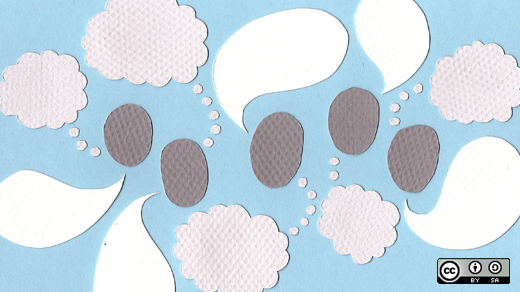Is crowdsourcing the enemy of innovation? Four panelists shared their experiences in a SXSW panel this morning.
"Crowdsourcing is a blunt instrument," said Robson Grieve, moderator and president of Creature, which recently redesigned the Seattle's Best logo, resulting in quite a bit of customer reaction, similar to many recent logo changes from The Gap to Tropicana to Starbucks. Crowdsourcing encompasses a lot of ideas and practices that have a little bit in common.
Do we work for the crowd now?
Crowdsourcing was conceived as a way to describe the collaboration between companies and their customers. But there's also value to crowdsourcing within your own organization. Jeff Howe, who coined the term "crowdsourcing," gave the example of a utility company in Cleveland that makes decisions from a rotating roster of employees chosen from across the organization with the idea that everyone has an insight.
"I think there's a fundamental mind flip going on right now when you think about who you listen to and ask where great ideas come from," said Polly LaBarre, co-founder of Fast Company and the MIX. We're shifting from a time of looking to the smartest person in the room to realizing that no one is as smart as everyone. When Fast Company began, they used the mantra of "no white men facing right" on the magazine to try to move away from that older idea.
When do you need to find your inner Steve Jobs?
Steve Jobs is famously critical of asking customers much about what they want, saying "people don't know what they want until you show it to them." That's the opposite of the growing inclination towards erring on the side of too much listening.
Michelle Gass, president of Seattle's Best Coffee offered Starbucks' VIA portable coffee as an example of why sometimes you ignore the customer response. When customers were asked if they had a need for portable coffee, they said no. "There are Starbucks everywhere," she succinctly pointed out. So part of the VIA launch was to show consumers how they could use it, eventually resulting in success for the product.
That suggests that there's still room for just listening to the smartest person in the room, who in this case is the one saying you can ignore the consumer research. "You need individual initiative, and you need individual genius," Howe said. But on the link between crowdsourcing and creativity, he negated the idea that crowdsourcing will prevent the next Shakespeare or Picasso. "Crowdsourcing can be used to create great art, but it has to coexist with individual genius," he said.
Sharing with the competition
"Open innovation flies in the face of corporations owning things," said Grieve, asking how organizations can deal with that. LaBarre had the answer: "If we help other people win, we win too." It's not a zero sum game. Companies can figure out ways to win together.
"The architecture of intellectual property hasn't changed from the Industrial Revolution to the Information Age," said Howe. There's a younger demographic that is sees intellectual property differently from the prior generation. They came of age with Napster and now contribute freely to projects like Threadless. A lot of people contribute to MyStarbucksIdea for no tangible reward, or Threadless in exchange for nothing more than a t-shirt, some prize money, or just the moment of small fame. But Howe speculated that we may reach a point where people no longer want to contribute without some reward.
The right amount of listening
According to Gass, Starbucks was one of the pioneers in interacting with consumers. In March of 2008, they launched MyStarbucksIdea. It was a new idea, before companies were really doing much interaction on Facebook, and employees were uncertain what it would be and mean. Their loyalty program was a result of MyStarbucksIdea. And within the company, MyStarbucksIdea is a collaborative project. It's not run out of the PR department--it's a cross-functional team of 50 who are each experts in different areas.
Now Starbucks is also the number one brand on Facebook with more than 20 million fans. "But you have to have a thick skin," Gass said. As many as half of all the comments you get from customers will be negative. And although you can use crowdsourcing as a tool, you can't rely on the crowd to answer all of your problems. "You have to be a leader, but also keep your ear to the ground."






1 Comment